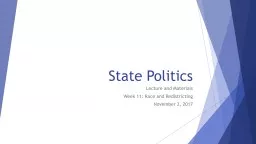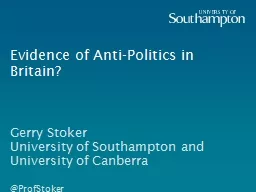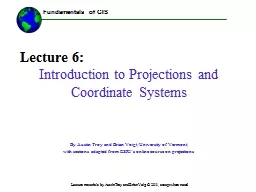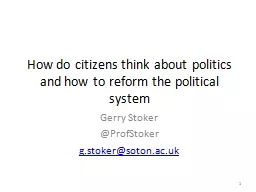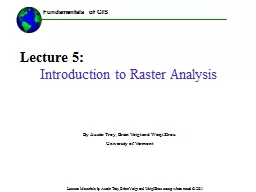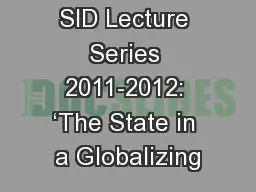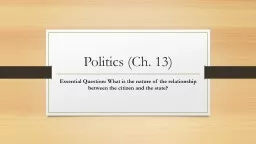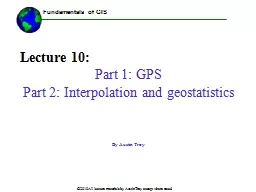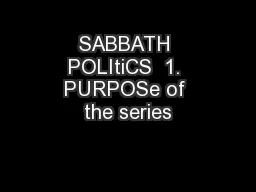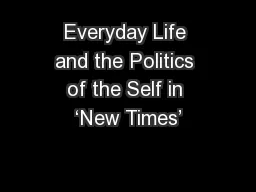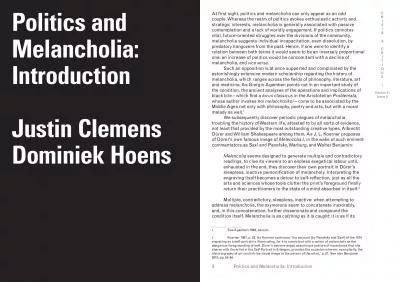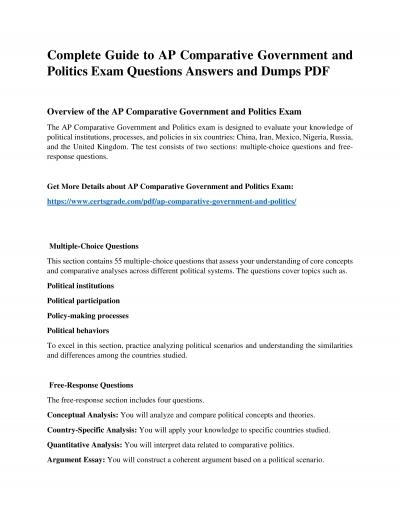PPT-State Politics Lecture and Materials
Author : cheryl-pisano | Published Date : 2019-03-12
Week 11 Race and Redistricting November 2 2017 Class Agenda Discussion of Week 11 Discussant News Articles PresentationDiscussion of Alabama Paper Discussion
Presentation Embed Code
Download Presentation
Download Presentation The PPT/PDF document "State Politics Lecture and Materials" is the property of its rightful owner. Permission is granted to download and print the materials on this website for personal, non-commercial use only, and to display it on your personal computer provided you do not modify the materials and that you retain all copyright notices contained in the materials. By downloading content from our website, you accept the terms of this agreement.
State Politics Lecture and Materials: Transcript
Download Rules Of Document
"State Politics Lecture and Materials"The content belongs to its owner. You may download and print it for personal use, without modification, and keep all copyright notices. By downloading, you agree to these terms.
Related Documents

